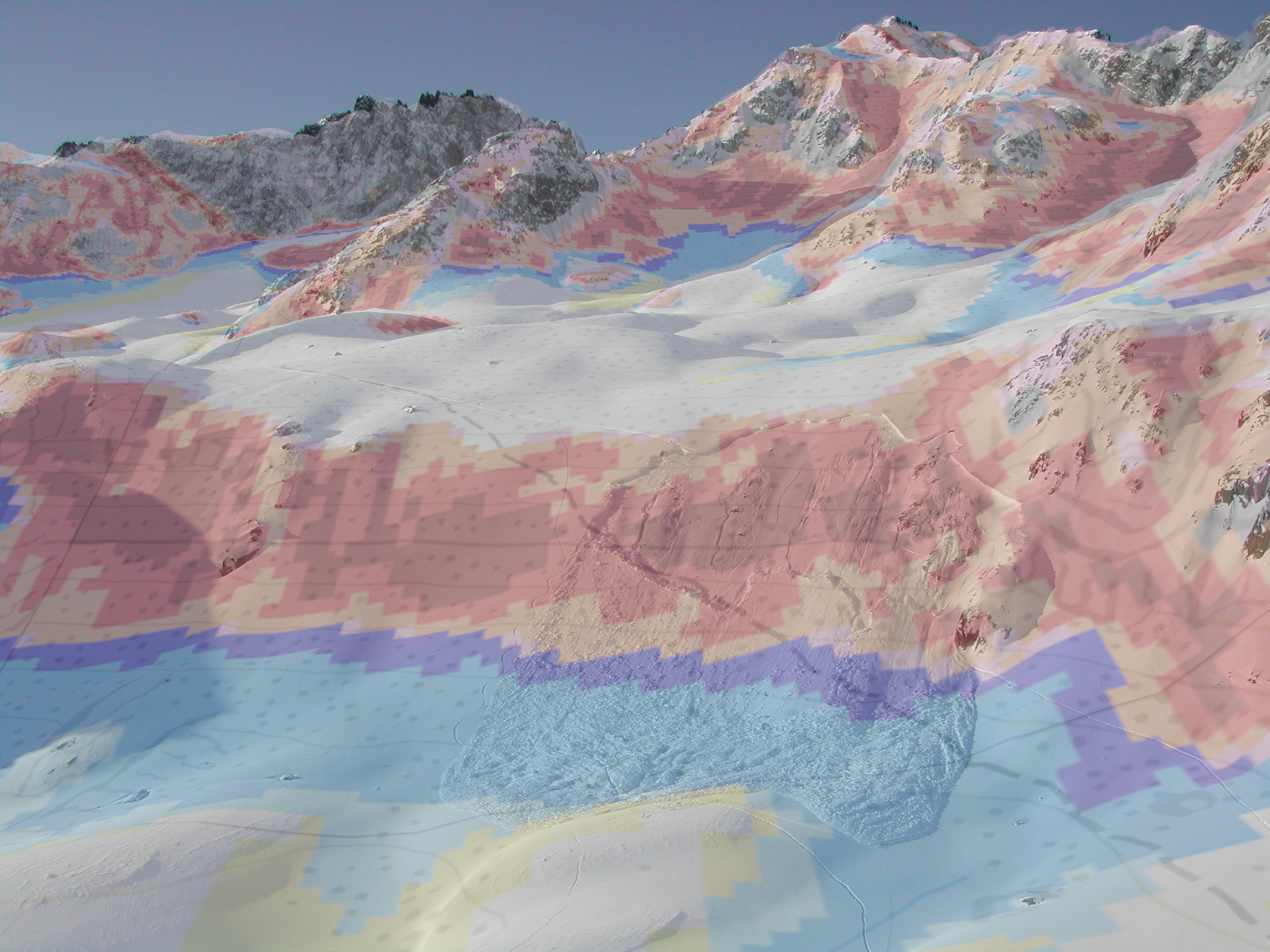Topographic maps are the basis for a good terrain assessment and route selection. However, interpreting the terrain from the map is not easy and limited. Valuable additional information is provided by high-resolution digital elevation models, from which various map layers can be derived. In particular, layers with slope classes are now standard and essential for terrain assessment. In addition, map layers have recently been developed that represent the avalanche terrain in all its complexity. It is crucial to distinguish between:
safe terrain,
potential release areas,
terrain with potential for remote triggering,
possible runout zones of typical human triggered avalanches,
terrain where the potential for deep burial or serious injury is high.
Currently, there are two map layers (CAT and ATH) that map and classify the potential avalanche terrain for typical human triggered avalanches. These map layers can be displayed on White Risk Tour for tour planning. The automatic detection of possible cruxes is based on this additional information.
Read more:


